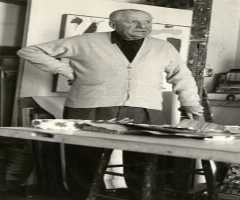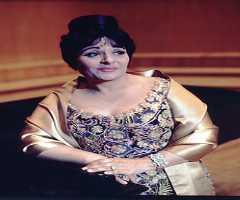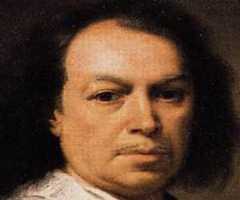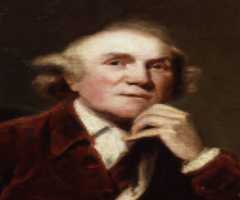Santiago Ramón y Cajal Biography, Life, Interesting Facts
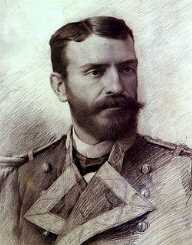
Birthday :
Died On :
Also Known For :
Father of Modern Neuroscience, Scientist
Birth Place :
Petilla de Aragón, Navarre, Spain
Zodiac Sign :
Santiago Ramon y Cajal was a Spanish pathologist and neuroscientist and is known as ‘the father of neuroscience’.
Early Life and Childhood
Santiago Ramon y Cajal was born on 1 May 1852 in Navarre, Spain. As a child, Ramon y Cajal was extremely destructive and held authority in contempt. He repeatedly had to move school as his behaviour saw him thrown out by a number of institutes. Ramon y Cajal was imprisoned at age eleven for destroying a neighbour’s garden. Deciding his son was unfit for study, Ramon y Cajal’s father, Justo Ramon, apprenticed him to a barber.
Ramon y Cajal did show a keen interest in art and in particular painting. His father took Ramon y Cajal to visit a graveyard to study anatomy. His father, an anatomy lecturer himself, hoped this would encourage his son to take an interest in a career in medicine. The trip had the desired effect as the young Ramon y Cajal sketched the bones on display the seeds of his future career were sown. Ramon y Cajal then went to study at the medical school of the University of Zaragoza, where his father worked. Ramon y Cajal graduated in 1873.
Career
Santiago Ramon y Cajal began his career in medicine in the Spanish Army. He served as a medical officer on an expedition to Cuba on which he contracted both malaria and tuberculosis. Following his recovery Ramon y Cajal received his doctorate in medicine from a university in Madrid. He then took a professorship in Valencia. It was in Valencia that he began his research into the microbiology of the disease cholera. His research centred on the effects on inflammation and of the cells.
Ramon y Cajal moved to Barcelona in 1877. He had been given a professorship University of Barcelona. Here Ramon y Cajal improved upon the Golgi’s method and used it to study the central nervous system. The method involved staining neurons with potassium dichromate and silver nitrate, this made the cells transparent. Using this method and his love of drawing Ramon y Cajal created a series of detailed sketches of the central nervous system and the regions of the brain.
Santiago Ramon y Cajal described in detail the cells of the neural structures and provided diagrams for his work. The interstitial cell of Cajal was discovered by Ramon y Cajal and named in his honour. The cell was discovered in the intestinal lining and was responsible for the contractions that moved material through the intestinal system. Later in his life Ramon y Cajal become interested in the subject of hypnosis. The work he had done on hypnosis was destroyed during the Spanish Civil War.
Personal Life
Santiago Ramon y Cajal married Silveria Fañanás García in 1879. The couple had seven children together, four daughters and three sons. Two of their children died in infancy. The marriage lasted until Siveria’s death in 1930. Ramon y Cajal died on 18 October 1934 in Madrid.
Awards
Santiago Ramon y Cajal won the Nobel Prize for Physiology or Medicine in 1906.
More Educators
More People From Navarre
More People From Spain
-
![Victoria de los Angeles]()
Victoria de los Angeles
-
![Francisco Goya]()
Francisco Goya
-
![Bartolomé Esteban Murillo]()
Bartolomé Esteban Murillo
-
![Richard Blanco]()
Richard Blanco
-
![Cesc Fabregas]()
Cesc Fabregas
-
![Penelope Cruz]()
Penelope Cruz
